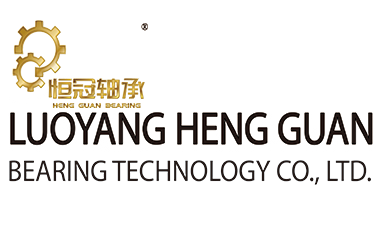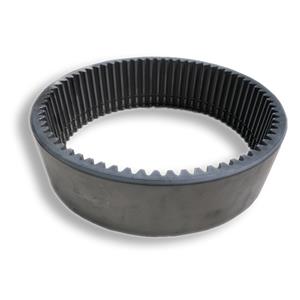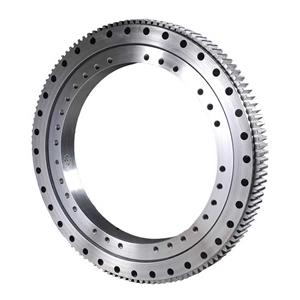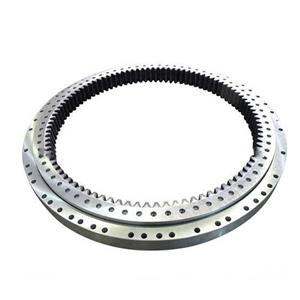Why do slewing bearings need to be ground? Reasons Analysis
With the continuous development of industrial machinery, there are increasingly higher requirements for the transmission stability, transmission accuracy and load-bearing capacity of the motor-driven pinion and the slewing bearing gear ring. Regarding slewing bearings, whether external or internal teeth, the normal processes include gear shaping, gear hobbing, and gear milling. According to the design standards, the general gear accuracy is 8 or 9 levels. Rough plugging and fine plugging can achieve 7-level tooth accuracy. The tooth accuracy is mainly reflected in the rotation accuracy. The specific indicators are:
1. Span pitch and common normal length
2. Common normal deviation
3. Tooth jump (tooth jump of finished turntable bearing)
4. Tooth width, tooth thickness, tooth shape and tooth direction, etc. (generally not marked in the drawing)

In order to improve the strength, hardness, wear resistance and toughness of the gear ring and gear, we usually use surface quenching on the gear ring teeth when processing the slewing bearing teeth. If the teeth are not quenched, the gear ring gear will have problems such as reduced comprehensive performance and easy damage. Tooth quenching has a great influence on tooth accuracy. After quenching, the gear ring will have elliptical deformation and the accuracy level will decrease. If the tooth accuracy requirements are high, it usually cannot meet the design requirements after quenching. If you want to achieve higher tooth accuracy after quenching, you need to fine-process the teeth, but the tooth hardness is high after quenching. Conventional gear shaping or gear hobbing processes cannot process the quenched teeth. We usually use gear grinding. What is gear grinding? Grinding the processed gear tooth surface with a grinding wheel as a tool to improve the gear accuracy and surface roughness is suitable for steel gears with higher hardness after quenching.
Gear grinding can achieve a very high tooth surface roughness. The quenched teeth can reach a surface roughness of Ra0.8 through gear grinding, and the tooth jump can be 0.03-0.1mm. Gear grinding can correct the deformation of the gear during the heat treatment process, ensure the accuracy of the finished gear, improve the meshing accuracy, achieve the purpose of precise transmission, and reduce vibration and noise.
The roughness of the teeth of the slewing bearing and the gear are improved by grinding, and the accuracy level of the teeth is improved. Gear grinding can generally achieve level 5 or 6 tooth accuracy, which provides a solid foundation for the precision slewing bearing to cooperate with the pinion to achieve high-precision small backlash transmission. If you need precision slewing drive, we are very good at the design, manufacture, assembly and commissioning of precision slewing drive, and look forward to your consultation.




